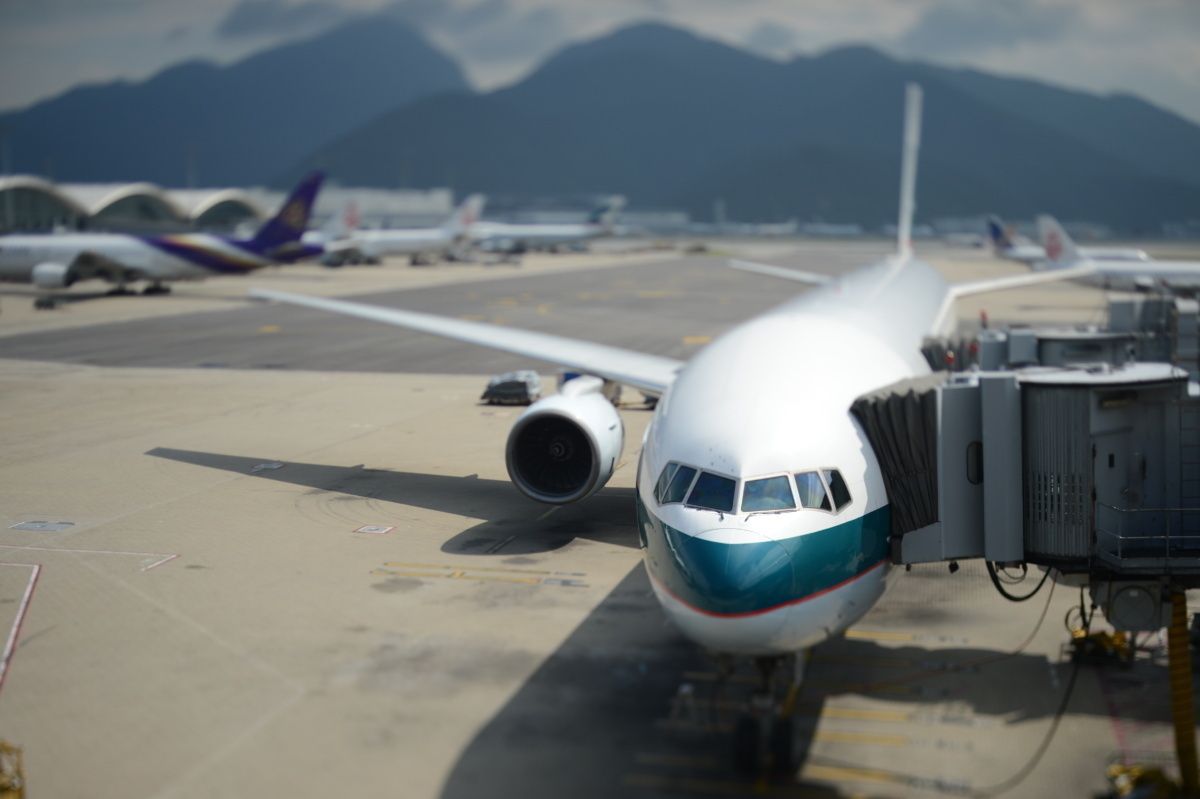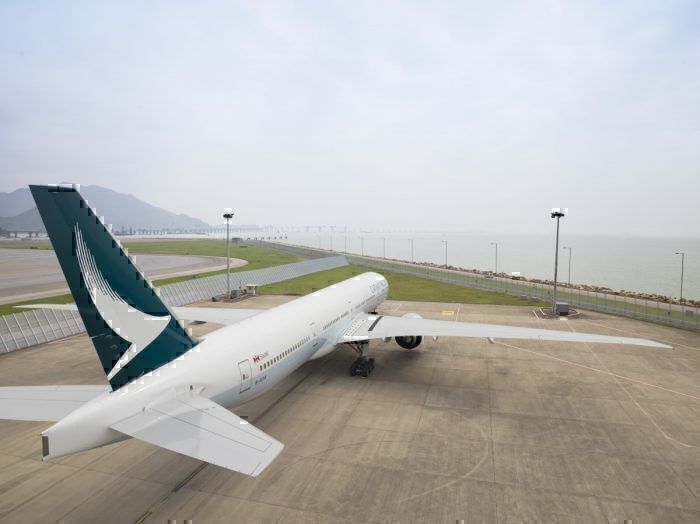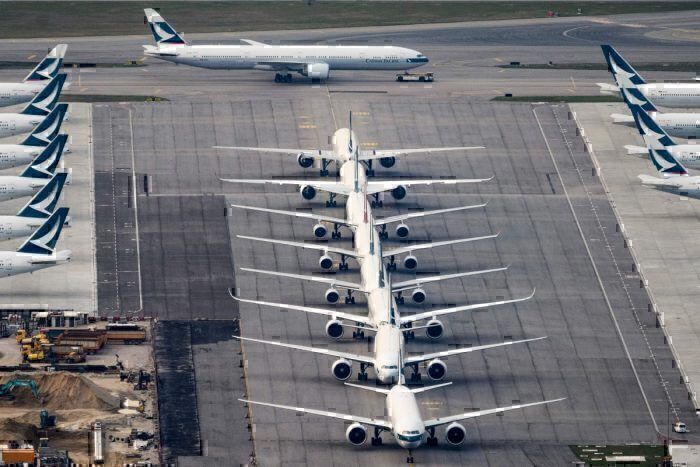Hong Kong-based Cathay Pacific is reportedly sending some of its widebody aircraft to long-term storage in the desert. Up to 50 widebody aircraft could be headed to storage in Australia or the US, with some potentially being retired. This comes as Cathay remains one of the worst-hit airlines throughout the coronavirus crisis and continues to struggle to recover.
Up to 50 widebodies could be stored
As the full impact of the coronavirus crisis becomes clear, airlines are beginning to undertake what many are calling a 'right-sizing' of their fleets. For most, this means shrinking somewhat, with many airline CEOs predicting they will become smaller airlines for the forthcoming two to three years.
Stay informed: Sign up for our daily aviation news digest.
Today, it seems Cathay Pacific is joining the ranks of the shrinking airline, as it is reportedly mulling moving some planes to desert storage facilities. Reuters has revealed that as many as 50 widebody planes could be moved from Hong Kong to less humid environments, as the airline predicts many won't be needed in the immediate months.
While Cathay did not confirm the number of planes being considered for storage, it did tell Reuters that aircraft from a range of fleets within the group could be moved. This would include the main Cathay fleet, Cathay Dragon and HK Express. A spokesperson told Reuters,
“We are exploring alternative locations beyond Hong Kong’s humid summer climate that can provide appropriate conditions for our aircraft while they are not flying. This is a prudent decision from an asset management perspective.”
Reuters also says that some aircraft could even be retired as a result of the travel downturn. Locations in Australia and the United States are reportedly under consideration, which would likely be Alice Springs in Australia and the Mojave Desert in the US. Cathay would be in good company at either facility, as many other airlines, including Qantas and Singapore Airlines, have parked some of their fleets up in those locations.
Tough times for Cathay
Cathay Pacific was in a tight position going into this crisis, as it was just coming out of the disruption caused by the Hong Kong protests when the virus struck. Being based in Hong Kong saw Cathay suffer early into the virus outbreak, offering refunds and ticket changes on China flights as early as January this year. By mid-February, the airline was seriously feeling the pinch.
By the start of March, half of Cathay's fleet was already parked up, and its subsidiary Cathay Dragon became one of the first airlines in the world to start using its passenger planes for cargo-only flights. By early April, the airline that would normally carry almost 100,000 passengers a day was moving an average of just 600.
The good news came for Cathay when the Hong Kong government agreed to bail it out to the tune of $5 billion. The sting in the tail was that the government would also take a stake in the airline. However, at just 6%, this minority stake is unlikely to interfere too much with the commercial operations of the airline.
Moving its planes to desert storage makes sense for the airline in the immediate future. With travel demand predicted to take at least three years to return to 2019 levels, the climate of Hong Kong is not suited to storing planes for so long. Hopefully, most will return to the Cathay fleet, and those that don't will be replaced by something bigger and better – the forthcoming Boeing 777X.



